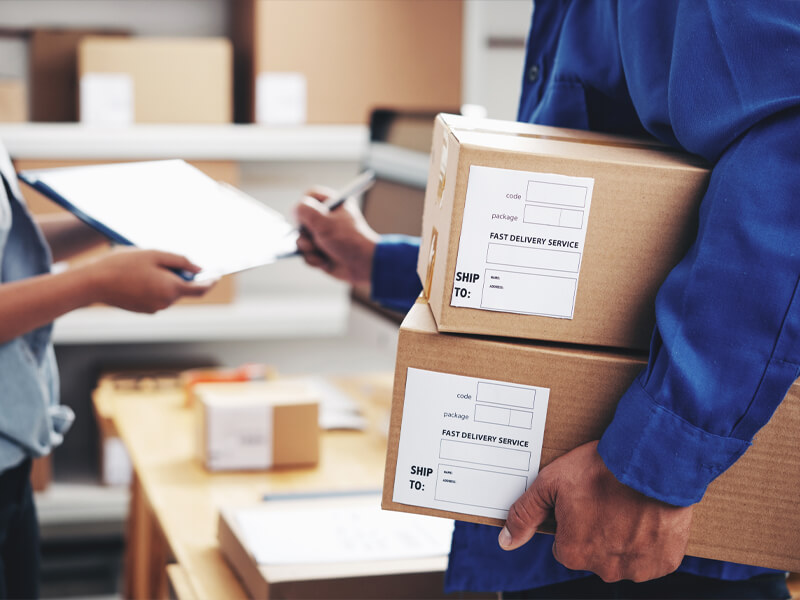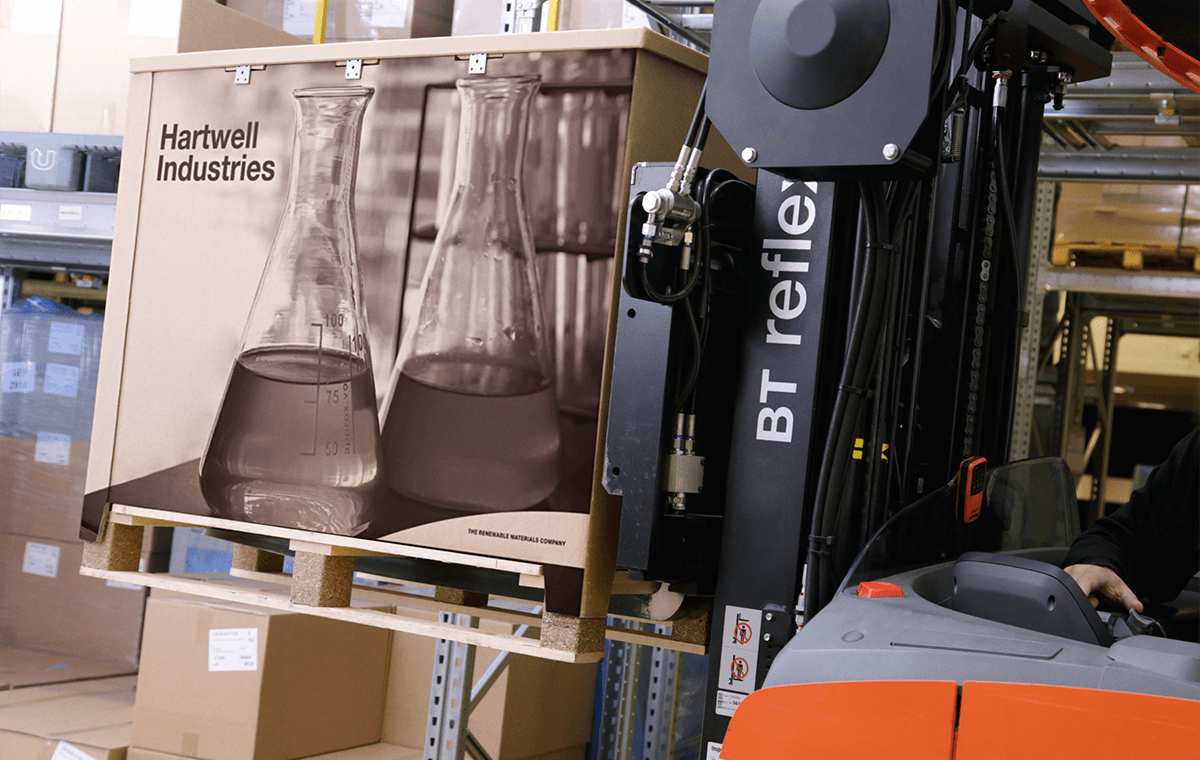Quality in Every Mold: Plastic Container Manufacturer Knowledge
Quality in Every Mold: Plastic Container Manufacturer Knowledge
Blog Article
Effective Industrial Recycling Solutions for Sustainable Packaging: A Comprehensive Overview
That's where this detailed guide on efficient industrial recycling remedies for lasting packaging comes in. By discovering crucial areas such as product packaging product selection, making for recyclability, carrying out recycling infrastructure, collaborating with reusing partners, and monitoring and measuring reusing success, this overview will certainly furnish you with the knowledge and devices necessary to make enlightened choices and drive positive modification within your company. Whether you're a packaging professional, sustainability manager, or merely interested in the topic, this overview will give valuable insights and approaches to assist you navigate the world of lasting packaging.
Product Packaging Product Selection
The selection of product packaging products plays a crucial function in making certain the sustainability of commercial reusing remedies. The selection of products is key in minimizing environmental influence and maximizing reusing efficiency when it comes to lasting product packaging. Choosing the ideal materials can help decrease waste generation, conserve resources, and advertise a circular economic climate.
One vital aspect to think about in packaging product selection is recyclability - industrial metal packaging. Materials that can be easily recycled and included back into the production cycle are preferred. Materials like cardboard, paper, glass, and specific types of plastics can be reused several times without losing their high quality. On the other hand, products that are tough to recycle, such as combined plastics or non-recyclable composites, can create obstacles for the recycling procedure and might wind up in burners or landfills.
Another consideration is using sustainable and biodegradable products. Product packaging made from renewable energies, such as plant-based plastics or biopolymers, can help in reducing dependency on nonrenewable fuel sources and mitigate environment change. Furthermore, biodegradable materials break down normally in time, lowering the accumulation of waste in garbage dumps.
In addition, the weight and quantity of product packaging products ought to be lessened to lower transport costs and power intake. Light-weight products not only require less sources throughout manufacturing but also add to decrease carbon emissions during transportation.
Designing for Recyclability
Packaging developers should prioritize the use of materials that are commonly approved for recycling and have established reusing infrastructures. Products such as glass, light weight aluminum, and certain kinds of plastic, like Animal and HDPE, are generally recycled and ought to be chosen over products that are costly or challenging to recycle.
Another essential consideration in creating for recyclability is the removal of unneeded parts or materials. By lessening the variety of layers, finishings, and extra components, packaging can be made simpler and less complicated to recycle. In addition, developers must aim to decrease the use of mixed materials, as they can complicate the reusing process.

Implementing Recycling Infrastructure
Reliable implementation of recycling framework is crucial for the success of industrial recycling services. Without proper infrastructure in place, the reusing procedure becomes inefficient and inefficient, preventing the overall goal of sustainable product packaging.
To carry out recycling infrastructure efficiently, a number of crucial aspects need to be taken into consideration. To start with, there ought to be a well-organized collection system that promotes the splitting up and collection of recyclable materials. This can consist of marked reusing containers in public rooms, in addition to collaborations with waste management business for curbside pick-up and sorting.
When collected, the recyclable products require to be transferred to bulk container recycling reusing centers in a timely way. This needs efficient logistics and transportation networks, ensuring that the products get to the suitable facilities right away.
At the recycling facilities, progressed sorting and handling technologies need to remain in location to separate different kinds of products properly. This includes the usage of automated arranging equipments, optical scanners, and manual sorting strategies.
In addition, there should be a robust market need for recycled materials. This can be achieved through partnerships with makers and sectors that use recycled products in their manufacturing procedures. Producing a steady market for recycled products incentivizes the reusing industry and promotes the circular economy.
Collaborating With Recycling Partners

One trick facet of collaborating with reusing partners is the facility of clear communication networks. It is necessary to establish open lines of interaction to help with the exchange of info, updates, and feedback. This permits both parties to stay notified regarding the progress of recycling initiatives and deal with any difficulties or issues that might arise.
In addition, partnership can entail joint efforts useful link in making and executing reusing programs. Reusing partners can provide useful understandings and assistance in creating effective collection systems and identifying one of the most proper recycling technologies. By interacting, companies and reusing partners can maximize the reusing process and minimize waste.
Additionally, collaboration can expand beyond the operational aspects of recycling. It can additionally incorporate advocacy and education and learning efforts. By joining pressures, companies and reusing partners can raise understanding concerning the significance of reusing and advertise the adoption of sustainable packaging methods amongst customers and various other stakeholders.
Monitoring and Measuring Recycling Success
To ensure the efficiency of commercial reusing solutions and the accomplishment of lasting product packaging objectives, it is important for companies and their recycling partners to establish a detailed system for monitoring and navigate here gauging reusing success (industrial packaging solutions). Determining and tracking reusing success enables services to examine the influence of their reusing initiatives, recognize locations for renovation, and established purposeful targets for future progress
One means to track reusing success is via using information collection and evaluation devices. By gathering data on the amount of packaging waste generated, the percentage of waste that is reused, and the sorts of products being reused, businesses can acquire useful insights into their reusing performance. This information can then be analyzed to identify fads, patterns, and locations of inadequacy.
An additional crucial element of tracking and gauging reusing success is developing standardized and clear metrics. This permits businesses to contrast their performance versus market benchmarks and track their progression gradually. Metrics such as recycling prices, waste diversion prices, and greenhouse gas emissions can provide a measurable procedure of a company's recycling success.

Conclusion
Finally, applying reliable industrial recycling solutions for lasting packaging needs cautious consideration of packaging material option, developing for recyclability, carrying out recycling framework, working together with recycling companions, and tracking and gauging recycling success. By including these methods, businesses can add to a much more environmentally-friendly and sustainable strategy to packaging, reducing waste and promoting the round economic climate.
By exploring crucial areas such as packaging product selection, making for recyclability, carrying out recycling facilities, teaming up with recycling partners, and monitoring and measuring reusing success, this overview will furnish you with the expertise and devices necessary to make educated choices and drive favorable change within your company. Packaging developers should prioritize the usage of products that are widely approved for recycling and have developed reusing frameworks.Collaboration with recycling companions is vital for the effective execution of commercial reusing solutions and the achievement of sustainable packaging objectives. By signing up with pressures, organizations and recycling partners can increase understanding concerning the importance of reusing and promote the fostering of sustainable product packaging methods among customers and other stakeholders.
By gathering information on the quantity of product packaging waste created, the percent of waste that is reused, and the kinds of products being reused, services can gain valuable insights into their reusing efficiency.
Report this page